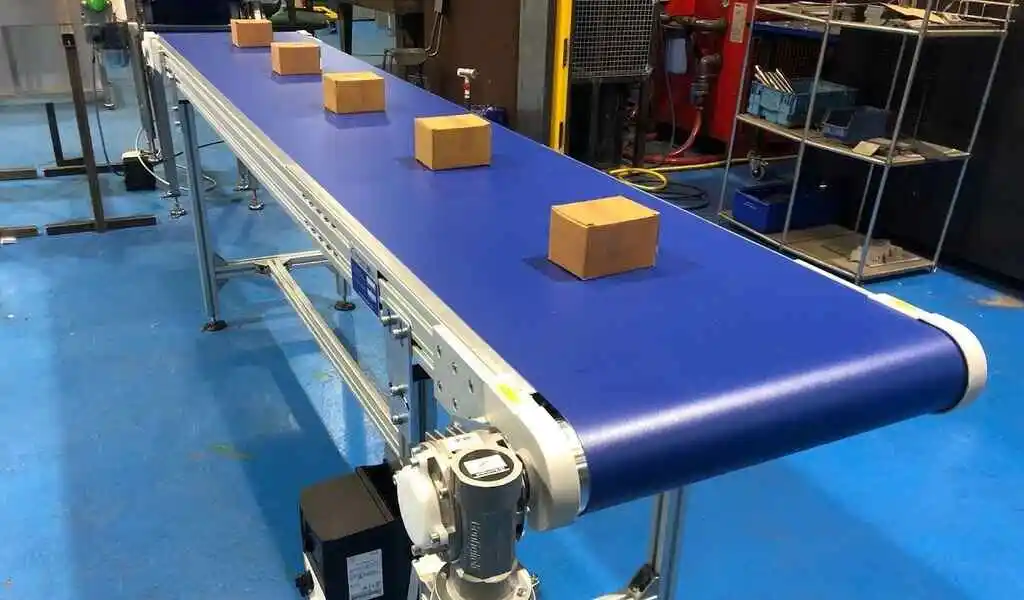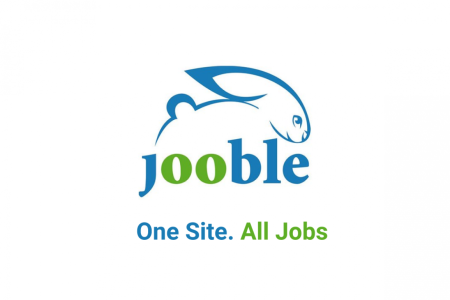The way to Extend the working life of Conveyor Belt

1. Idler groove angle
The larger the groove angle is, the more longitudinal wrinkles and bends are easy to appear on the conveyor belt, and the irregular longitudinal pressure crosses the conveyor belt. Therefore, the groove angle shall be minimized to the lowest available position, and this fatigue factor shall be avoided at all times.
2. Idler clearance at grooving point
The wrinkle of the conveyor belt at the grooving point may be a sign that the idler is installed too far away, and the gap between the center roller and the edge roller is too large. The width can also cause the conveyor belt to squeeze inward and fatigue. It is recommended that the maximum clearance between the center roller and the edge roller is 10mm.
3. Maintenance of idler
In many cases, the importance of roller maintenance cannot be paid attention to. Dirty or lack of lubrication rollers may increase power costs and Serious problems with the conveyor belt. This phenomenon is common in the working conditions of increasing belt speed and shortening maintenance time, especially when the belt speed is high and the belt weight adopts pin shaped idler, the middle flat idler is easy to be damaged. Blocked idlers or idlers with broken bearings are the cause of friction heat and may be a potential ignition cause of conveyor belts or other materials.
4. different grooving idler heights
When one idler is higher than the adjacent one, the conveyor belt will bend excessively at that point, and the load on the idler is relatively high, the conveyor belt may have two problems: traces and core fatigue.
5. transition distance
The distance between the flat or bulging roller at the head and tail of the conveyor and the – first fully grooved idler device must be large enough to avoid excessive pressure, especially the special tension at the edge of the conveyor belt and the pressure in the middle of the conveyor belt. The short distance of the transition section will significantly shorten the service life of the conveyor belt and minimize these pressure results. The conveyor belt can be gradually bent to the final angle by using idler rollers with different grooving angles. Similarly, the height indicated by the roll profile associated with the first idler device is critical.
6. Convex surfaces and vertices
When the conveyor is installed, if there is a convex curved surface on the ground, its radius is too small, which may lead to conveyor belt fatigue, which is similar to that caused by an irregular idler. The fatigue condition of the conveyor belt caused by degree is similar. The surface should be as flat and gradual as possible. Additional idlers at lower slopes also help to equalize the additional pressure generated as much as possible. At the apex, lowering the groove angle helps to reduce the pressure on the edge of the conveyor belt
7. Concave surface
When the conveyor is installed, if there is a concave curved surface on the ground, its radius should be large enough to prevent the bending of the edge of the conveyor belt. When the conveyor belt is full. During loading, the distance between idlers keeps the sagging of the conveyor belt to a minimum. As with convex surfaces, idlers should be placed in radians to help the belt drive across the surface. It is very important that the radius of the curved surface is large enough and the conveyor belt is heavy enough. It enables the conveyor belt to be carried by the middle idler at any time and forms the track of the conveyor belt in this part.
8. Loading point
The damage of conveyor belt during the service period mostly occurs in this area
8.1 The basic element is to ensure that when the load is sent to the conveyor belt, it runs in the same direction and at the same speed as the conveyor belt, the free fall of the load is as low as possible, and the residence time on the conveyor belt is as short as possible, otherwise it will cause the material to move on the conveyor belt and cause Scratch and wear. If the falling height is too high, it will unnecessarily impact the core of the conveyor belt.
8.2 It is also important that the load must be unloaded to the center of the conveyor belt to avoid deviation failure. Cracks and irregular grinding on the idler
8.3 Larger materials shall be refined before being sent to the conveyor, and then flow evenly to the conveyor through the buffer of the chute, which can prevent the conveyor belt from wearing belt core damage, and stable loading.
8.4 Buffer idlers are usually used under the loading area to help reduce the impact damage of the belt core.
8.5 The side baffle is used to help the load centripetal, but it is not allowed to wear the conveyor belt covering or intercept materials between it and the conveyor belt.
9. Conveyor belt cleaner
These sweepers are usually placed behind or on the unloading roll. Regular maintenance of them is necessary to avoid the impact of the scraper on conveying. The damage of the belt and the return of materials at the return idler cause the damage and deviation of the conveyor belt.
Conveyor belt cleaner manufacturer may also make suggestions on installation and maintenance.
10. Mechanical / vulcanized joints
As has been explained above, it is crucial to minimize the stress on the conveyor belt and maximize the service life of the conveyor belt. The maintenance of the project is necessary, and the avoidance of these unwanted stresses is even more important than the completed joint life. Under normal conditions, in order to maximize the service life of the joint and provide a safe environment, all the following items should be avoided.
Improper installation of scraper
Idler damaged
Incorrect idler
Poor grooving point
Unreasonable grooving
Irregular stress
Read more: Conveyor belt vulcanization joint expert
11. Maintenance of steel wire rope core conveyor belt
Steel cord conveyor belt is mainly used for high speed Large traffic volume Long distance transportation. In use, the steel wire rope core conveyor belt is the same as other conveyor belts. There is no fundamental difference, but the elongation of the steel wire rope core conveyor belt is small, which is an advantage, but the disadvantage is that the steel wire rope core is easy to break. Therefore, when using a wire rope core conveyor belt, pay attention to:
11.1 Prevent materials from getting stuck and damaging the conveyor belt
Due to the problems of material shape, safety system, and service conditions, the material is likely to fall between the roller and the conveyor belt. The belt cannot meet the elongation requirements, resulting in damage and penetration of the conveyor belt. According to the experiment, if the 20-30mm material is stuck between the conveyor belt and the roll Jane, the conveyor belt may be damaged. The most easily jammed part is at the tail, where a scraper must be added, especially the inclined conveyor. In order to prevent material overflow, a deck plate can be added under the bearing conveyor belt and a baffle plate can be added above the bearing conveyor belt The length of the baffle plate is equivalent to 4 times the bandwidth, and the table panel is 4 ~ 5m longer than the baffle plate.
11.2 The idler spacing and groove angle of the convex and concave points of the conveyor shall be adjusted properly
Because in the convex part, the center tension of the conveyor belt is small, while the stress on both sides is large. The larger the groove angle is, the greater the stress on both sides is. Therefore, when installing the idler, the tension at the concave convex position shall be determined according to the curvature of the idler.
11.3 Cleaning conveyor belt
During the operation of the conveyor belt, fine material particles will drill into the surface of the conveyor belt and accumulate on the guide roller and return idler. The diameter of the idler increases and the conveyor belt appears irregular bending. In order to prevent this, the surface of the conveyor belt must be cleaned.
11.4 Prevent the impact of large materials
Large materials falling directly onto the conveyor belt will damage the belt surface and cause core fatigue. In serious cases, the conveyor belt will be cut off. In case of such accidents, the chute drop shall be reduced to make the material flow speed and the conveyor belt speed- To, chute direction, and conveyor belt running direction agreement. At the same time, various feeders can be installed or chute with buffer, and special baffle leakage can be used to prevent conveyor belt damage.
Also Check:
5 Qualities of a Good Virtual Assistant
How To Preorder The New iPhone SE Third Generation
Thailand at the Top of 5G Mobile Smartphone Market in Asean
Apple M1 Ultra — The Most Powerful Chip : Read Everything
















![Play Online Blackjack In Australia [2024]: Top 10 Online Australian Blackjack Sites 15 Play Online Blackjack in Australia [2024]: Top 10 Online Australian Blackjack Sites](https://www.chiangraitimes.com/wp-content/uploads/2024/03/word-image-303235-1-80x80.jpeg)













